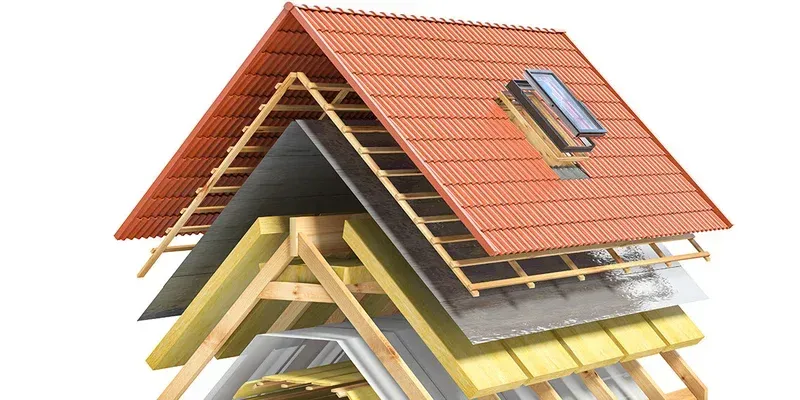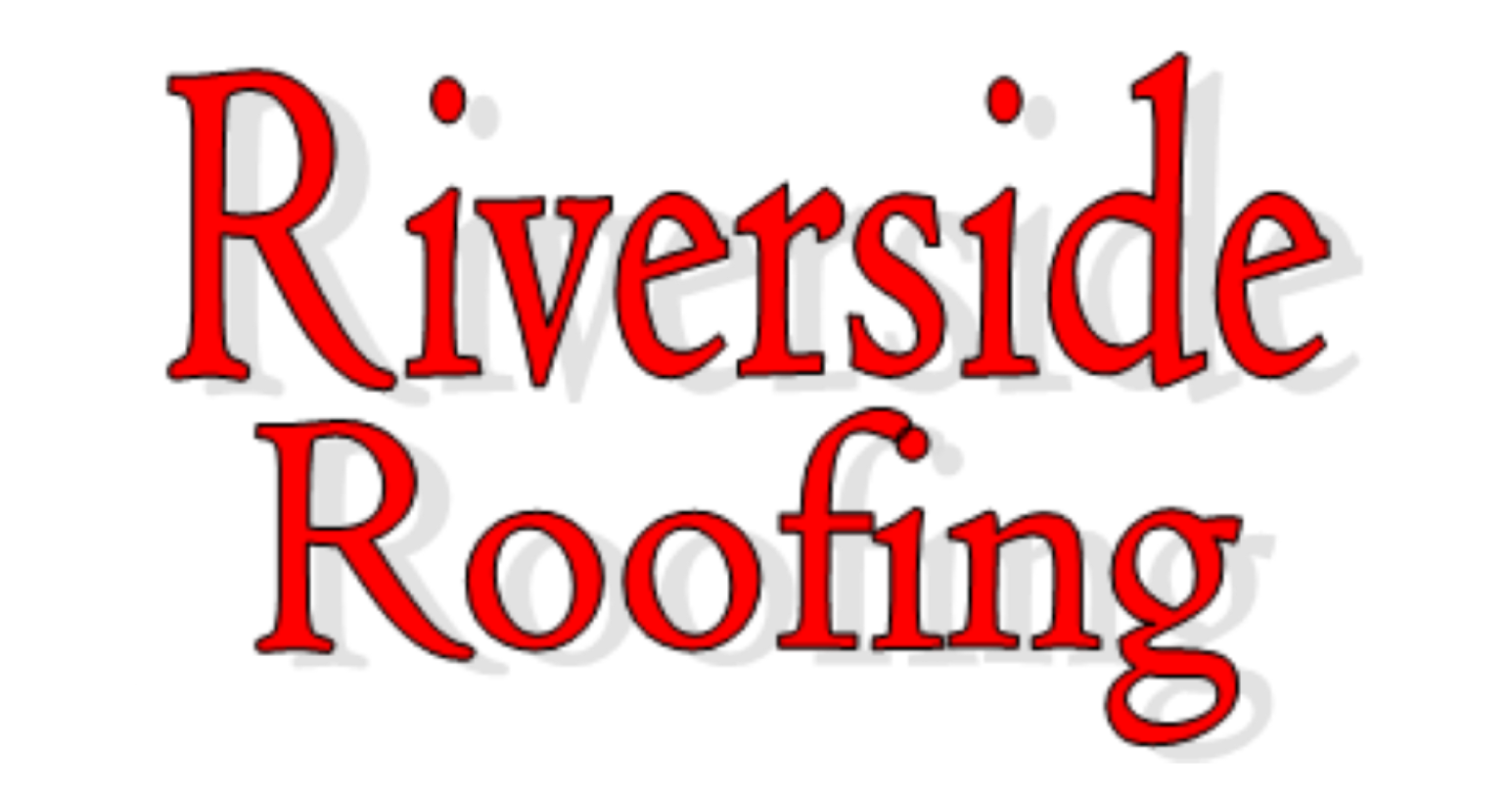How Many Layers of Material Does a Roof Have?
September 3, 2025
How Many Layers of Material Does a Roof Have? The Complete Homeowner’s Guide

When it comes to protecting your home, the roof is often the most critical component. And understanding how many layers of material a roof has is not just a technical detail! It can make a huge difference in terms of safety, durability, long-term maintenance costs, and the overall value of your home. This is why the experienced contractors at Riverside Roofing LLC take the time to carefully inspect each roofing system, evaluate the condition of the roof deck, and provide homeowners with practical advice. This ensures every layer of material is performing its function to protect the interior, the structure, and ultimately the investment you have made in your home.
Why Roof Layers Matter More Than You Think
While it may seem like just a stack of shingles, every roof layer has a unique purpose, and failing to understand how many exist on your roof can lead to unexpected problems such as trapped water, weakened roof decking, or accelerated wear on the roofing materials. Over time this can result in costly roof repair.
Riverside Roofing emphasizes professional inspection for every home, because knowing the number of layers allows homeowners to make informed decisions about maintenance, ventilation, and future roof system upgrades.
The Basic Layers of a Residential Roof
Most residential roofs consist of a combination of roof decking, underlayment, and roofing materials, and sometimes a roof may even include multiple layers of shingles if previous owners added new layers over existing ones. This can add weight and affect the roof’s performance if not handled correctly by professional contractors. At Riverside Roofing we follow strict building code guidelines to ensure every installation or roof repair is structurally sound and long-lasting.
1. Roof Deck
The roof deck is the support of your roof. It provides the structural support that every other layer relies upon, and it is most commonly made from plywood or oriented strand board (OSB), which must be strong and free from rot, moisture, or damage. Riverside Roofing inspectors carefully examine the decking for any signs of wear, warping, or hidden water damage, because a weak deck cannot support additional layers or withstand heavy weather conditions.
2. Underlayment
Above the decking lies the underlayment, a thin but essential layer, usually composed of felt or synthetic material, that acts as a secondary barrier against water intrusion in case the outer roofing material fails. Its proper installation is critical because even minor gaps or overlaps can allow water to penetrate and damage the deck or the roof system.
3. Roofing Material
The final layer, often referred to simply as shingles or roofing panels, serves as both the first line of defense against the elements and the aesthetic finish of your home. Whether you have asphalt shingles, metal roofing, tiles, or slate, each material has specific requirements for installation.
How Many Layers Are Considered Safe?
Although it may be tempting to save time and money by adding a new layer of shingles over an old roof, most building codes and professional roofing standards recommend no more than two layers of asphalt shingles. Because additional layers can overload the roof deck, reduce the efficiency of roof ventilation, and accelerate the deterioration of the roofing materials.
How to Identify Multiple Layers on Your Roof
While it might be difficult for homeowners to know how many layers of material a roof has just by looking, there are some signs that can indicate the presence of multiple layers:
- Uneven or bulging shingles along the roof deck
- Curling or lifting shingles that appear stacked
- Evidence of past roof replacement projects
- Noticeable heaviness when walking on the roof
The Role of Ventilation in Layered Roofs
Even a roof with only one layer requires proper ventilation, but as layers increase, so does the importance of airflow to prevent heat buildup, moisture accumulation, and premature deterioration of the roofing materials. Proper ventilation not only protects the roof deck and underlayment but also improves energy efficiency, reduces attic temperatures, and prevents mold growth.
Roof Replacement vs. Layering: What Homeowners Need to Know
When deciding whether to layer a new roof over an existing one or perform a full roof replacement, several factors come into play, including the condition of the decking, the number of existing layers, and the type of roofing materials used.
Adding a second layer can save money initially but we recommend a full replacement when more than two layers exist, because this approach allows for proper deck inspection, removal of damaged materials, and installation of high-quality roofing materials that extend the life of your home’s roof system.
Residential Roof Layers vs. Commercial Roof Layers
It’s worth noting that residential roofs typically have simpler layers such as decking, underlayment, and shingles whereas commercial roofs may include multiple membranes, insulation layers, and structural reinforcements, which require specialized expertise to install correctly.
Common Misconceptions About Roof Layers
- More layers equal a stronger roof → Not true, as excess layers can overload the decking and reduce ventilation.
- Roof replacement is always required if a second layer exists → Only necessary when the layers are damaged or the roofing system is compromised.
How Roof Layers Affect Warranty Coverage
Many roofing material manufacturers limit warranties based on the number of layers, which means that knowing how many layers your roof has is essential to maintain coverage.
Signs It’s Time to Repair or Replace Your Roof
Even if your roof has only one or two layers, you may need attention if you notice:
- Curling, cracked, or missing shingles
- Water stains or leaks in the attic
- Sagging or weakened decking


